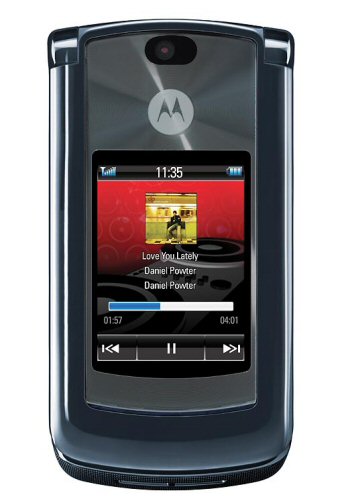Quaker Oats bought beverage maker Snapple in 1994 for $1.7 billion to access its direct-store delivery system and network of independent distributors. Analysts had warned that the Chicago-based food conglomerate overpaid by $1 billion. Quaker never dug deep enough to understand Snapple's distributors, who fought efforts to push Gatorade and other Quaker products. Quaker conceded, and about three years later it sold Snapple to Triarc for $300 million. According to reports at the time of the sale, Quaker was taking a nearly $2 million hit each day it owned Snapple.
..
"Faulty Financial Engineering"
Green Tree made its fortune in the 1990s issuing 30-year mortgages on trailer homes with a 10-year life expectancy. Indiana-based insurer Conseco bought the company in 1998 for $6.5 billion to diversify into financial services. Innumerable mortgage defaults at Green Tree led to $3 billion in write-downs and Conseco took a huge hit, negating all profits earned by the unit from 1994 to 2001.
Rochester, N.Y.-based Eastman Kodak mistakenly doubled up on its old photography business and ignored the future--digital photography. The company didn't fully embrace digital until after 2000, 20 years after it first emerged. Over the past 10 years, Kodak has lost 75% of its market value. As of 2007, it had fewer than a third of the employees it had in 1997.
. .
.
"Not Everyone Can Be GE"
Pseudo-adjacencies are new products or new markets that are not as similar to a company's existing businesses as they appear. A conglomerate like General Electric under former chief executive Jack Welch might be able to make the jump, but not every company can figure it out. Oglebay Norton, a 143-year-old Cleveland steel provider tried to diversify into a limestone business that left it bankrupt and $440 million in debt after six years.
"Bets on the Wrong Technology"
Motorola's Iridium satellite telephone unit went live in 1997. One year and $5 billion later, the division of the Schaumburg, Ill.-based company's business went bankrupt. The portable device cost $3,000 and was about the size of a brick. The pocket-sized cell phone wasn't far behind.
. .
.
"Rushing to Consolidate"
In 1987, USAir spent nearly $2 billion to acquire Pacific Southwest Air and Piedmont, but its old information systems couldn't sustain the massive and hasty expansion. Before USAir bought Piedmont, the airline showed profits 6% to 7% higher than the industry average. Post acquisition, those profits fell to 2.6% below the industry average.
"Roll-Ups of Almost Any Kind"
MCI WorldCom and Tyco ultimately failed trying to thrive off of buying hundreds, even thousands, of small businesses to combine into one large one--"roll-ups." Another roll-up failure is the Loewen Group, a North American funeral home operator. In the 1970s and 1980s, the company built its business in 131 places. In 1990, the company acquired 135 more funeral homes. Much to the chagrin of Loewen, families didn't associate a continental brand with bereavement. It could never be good when a company pushes a low-end product called the "Welfare Casket." Plus, heavy regulation in the funeral industry hamstrung the business.
Read more here.
No comments:
Post a Comment